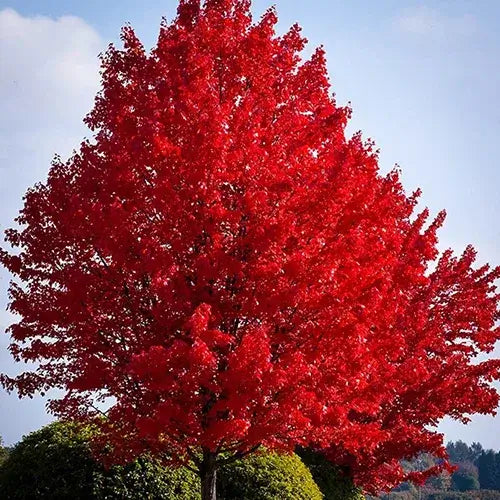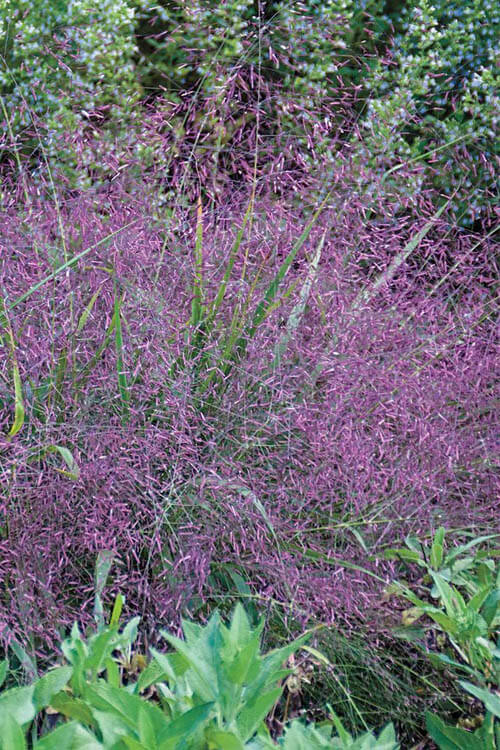How to care for indoor plants during cool weather
Caring for indoor plants during autumn requires adjustments to accommodate the changing environmental conditions. As the days grow smaller and temperatures drop, your plants needs will change, and you'll need to provide them with the proper care to ensure they thrive. In this comprehensive guide, we'll cover various aspects of caring for indoor plants during autumn, including light, temperature, humidity, watering, fertilizing, and pest control.
Light Requirements As autumn approaches, the sun's angle changes and the strength and duration of natural light can decrease. Indoor plants are susceptible to these changes.
Assess Light Conditions:
Before making any changes, evaluate the light conditions in your home. Determine which areas receive the most light and which are becoming shadier as the days grow shorter. Understanding your delicate situation is crucial for plant placement.
Rotate Your Plants: Rotate your plants periodically to ensure all sides receive an even amount of light. This helps prevent them from leaning toward the light source and promotes balanced growth.
Consider Artificial Light: If natural light becomes scarce, supplement it with artificial light. L.E.D. grow lights are energy-efficient and can be adjusted to provide the specific light spectrum your plants need. Place the lights above your plants and adjust the duration and intensity according to their light requirements.
Monitor Light Levels: Pay attention to your plants' responses to light. If you notice signs of etiolation (stretching towards the morning) or slowed growth, it's a sign that they need more light. Temperature Control Autumn brings cooler temperatures, which can affect your indoor plants.
Here's how to manage temperature fluctuations: Watch for Drafts: Be cautious of cold drafts from windows or doors. Move sensitive plants away from drafty areas to prevent temperature shock.
Avoid Heaters: While keeping your plants warm is essential, avoid placing them directly above or near heating vents. The hot, dry air from heaters can dehydrate plants and cause stress. Maintain Consistent
Temperatures: Indoor plants generally prefer a stable temperature range. Try to keep your home's temperature relatively consistent, as drastic temperature fluctuations can stress your plants. Humidity Levels Indoor plants often suffer from low humidity during the autumn and winter when indoor heating systems run. To maintain optimal humidity levels: Group Plants Together: Grouping plants together creates a microclimate with higher humidity. As plants transpire, they liberate moisture into the air, benefiting neighboring plants.
Use a Humidifier: Invest in a humidifier to increase indoor humidity. This is especially true for plants that require higher humidity levels, such as tropical varieties.
Mist Plants: Regularly misting your plants can help raise humidity levels. Use a fine spray and avoid soaking the leaves, as this can promote fungal issues.
Use a Humidity Tray: Placing a shallow tray filled with water and pebbles near your plants can increase humidity as the water evaporates. Ensure the pots are not sitting in the water, which can lead to root rot. Watering Practices Adjusting your watering routine during autumn is crucial because plants require less water due to lower light levels and cooler temperatures.
Manage watering:
Check Soil Moisture: Always check the soil's moisture level before watering. Stick your finger into the ground up to the first knuckle. If it feels dry at that depth, it's time to water. If it's still moist, hold off.
Water Less Frequently: Reduce the frequency of watering as autumn progresses. Many plants enter a semi-dormant state during this season and require less water. Overwatering can lead to root rot.
Water in the Morning: Water your plants in the morning to allow excess moisture to evaporate during the day. This helps prevent fungal issues, such as powdery mildew.
Use Room-Temperature Water: Avoid using cold tap water directly from the faucet, especially if it's significantly more relaxed than at room temperature. Let the water sit for a while to reach room temperature before watering your plants.
Adjust Watering for Different Plant Types: Different plants have varying water requirements. Some, like succulents, need less water and prefer to dry out between waterings, while others, like ferns, may require consistently moist soil. Know your plant's specific needs. Fertilizing Practices During autumn, most indoor plants enter a period of slower growth and their nutrient requirements decrease.
Adjust your fertilizing routine accordingly: Reduce Fertilizer Frequency: Cut back on fertilizing to once a month or every six weeks, depending on the plant. Use a balanced, diluted, liquid fertilizer at half the recommended strength. Avoid High
Nitrogen Fertilizers: High-nitrogen fertilizers promote vegetative growth, which may not be desirable during autumn when you want your plants to focus on maintaining their existing foliage and roots.
Monitor Plant Growth: Hold an eye on your plants' growth. If you notice they are not growing as vigorously or show signs of nutrient deficiencies (yellowing leaves, stunted growth), consider resuming regular fertilizing in the spring. Pest Control Pests can become more problematic during autumn as they seek refuge from cooler outdoor temperatures.
Here's how to manage common indoor plant pests: Examine your plants regularly for signs of pests, such as discolored leaves, webbing, or small insects. Isolate
Infested Plants: If you discover an infestation, isolate the affected plant to prevent pests from spreading to others. Manual Removal: Use a soft brush or a damp cloth to manually remove pests like aphids, mealybugs, and spider mites from your plants. Be gentle to avoid damaging the plant. Neem Oil: Neem oil is a natural insecticide that could help control indoor plant pests. Dilute it according to the instructions on the label and apply it to affected plants.
Sticky Traps: Place sticky traps near your plants to catch flying pests like fungus gnats and whiteflies. Quarantine New Plants: Before introducing new plants to your collection, quarantine them for a few weeks to ensure they are pest-free. Repotting Autumn can be a suitable time to repot some plants if they have become root-bound or if their soil has become depleted of nutrients.
Guidelines for repotting:
Assess Plant Needs: Consider repotting if the plant has outgrown its current container if the soil has become compacted, or if you notice roots growing out of the drainage holes.
Choose the Right Pot: Select a slightly larger pot with good drainage. It's generally best to increase the pot size by about 2 inches in diameter. Refresh the Soil: Use a well-draining potting mix appropriate for your plant type. You can also mix some fresh compost or organic matter to replenish nutrients.
Handle with Care: When removing the plant from its current pot, be gentle to avoid damaging the roots. Gently tease out any circling or compacted roots. Water After Repotting: After repotting, water your plant thoroughly to



















































